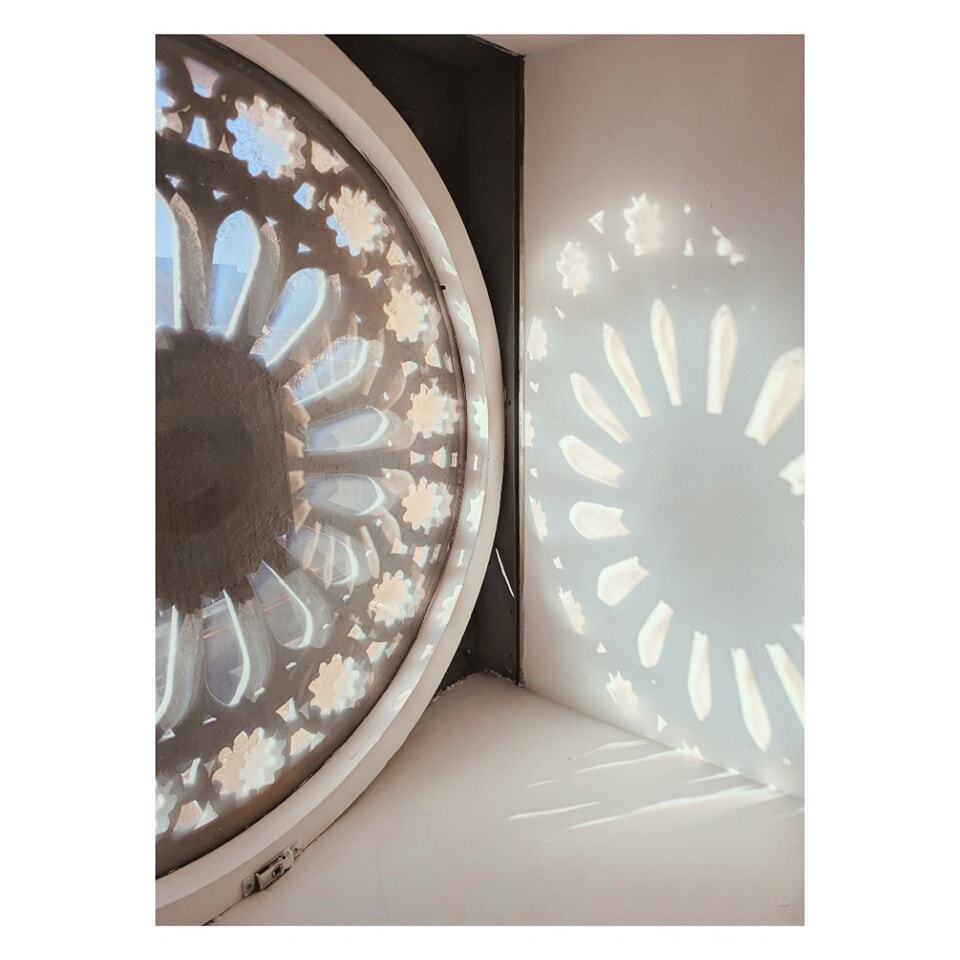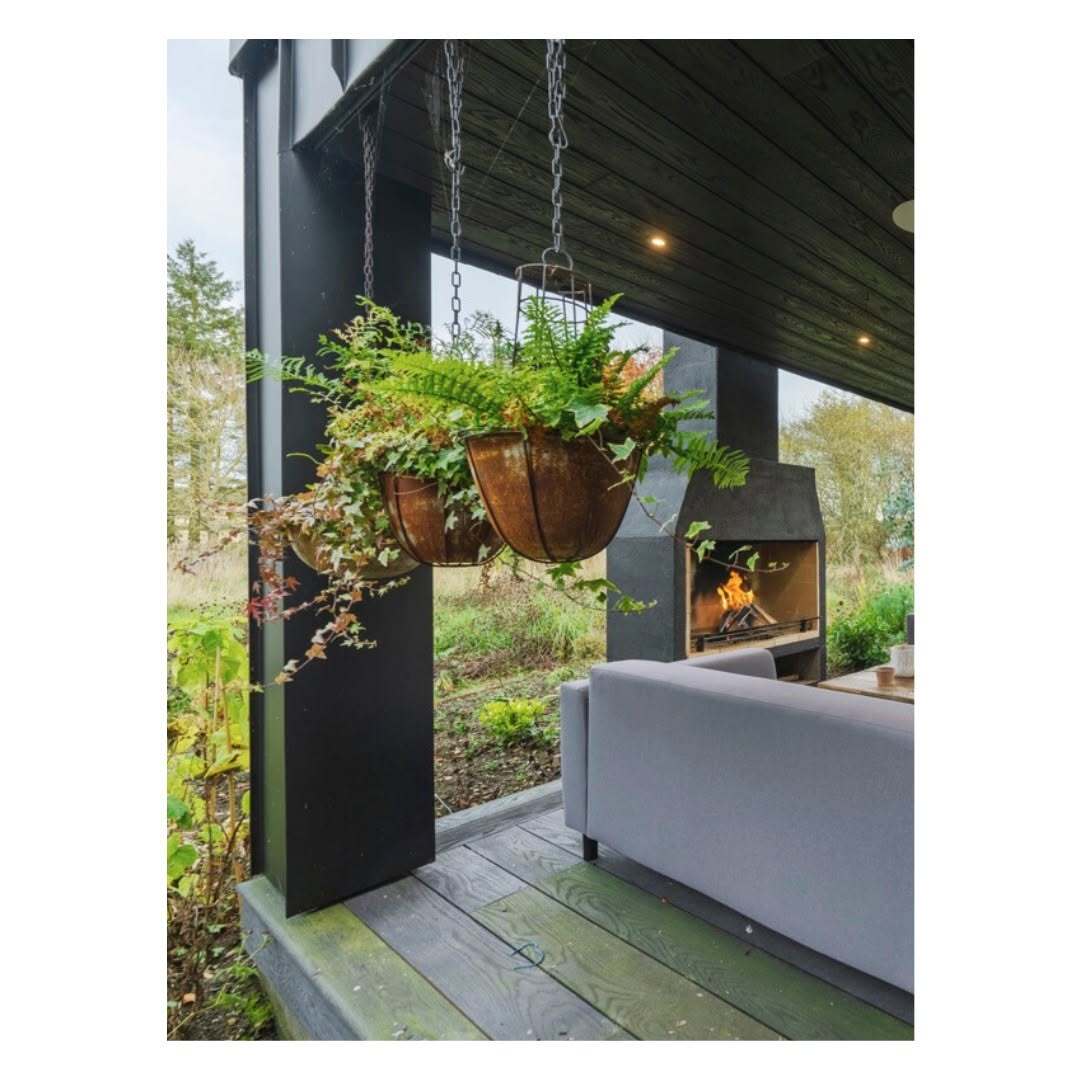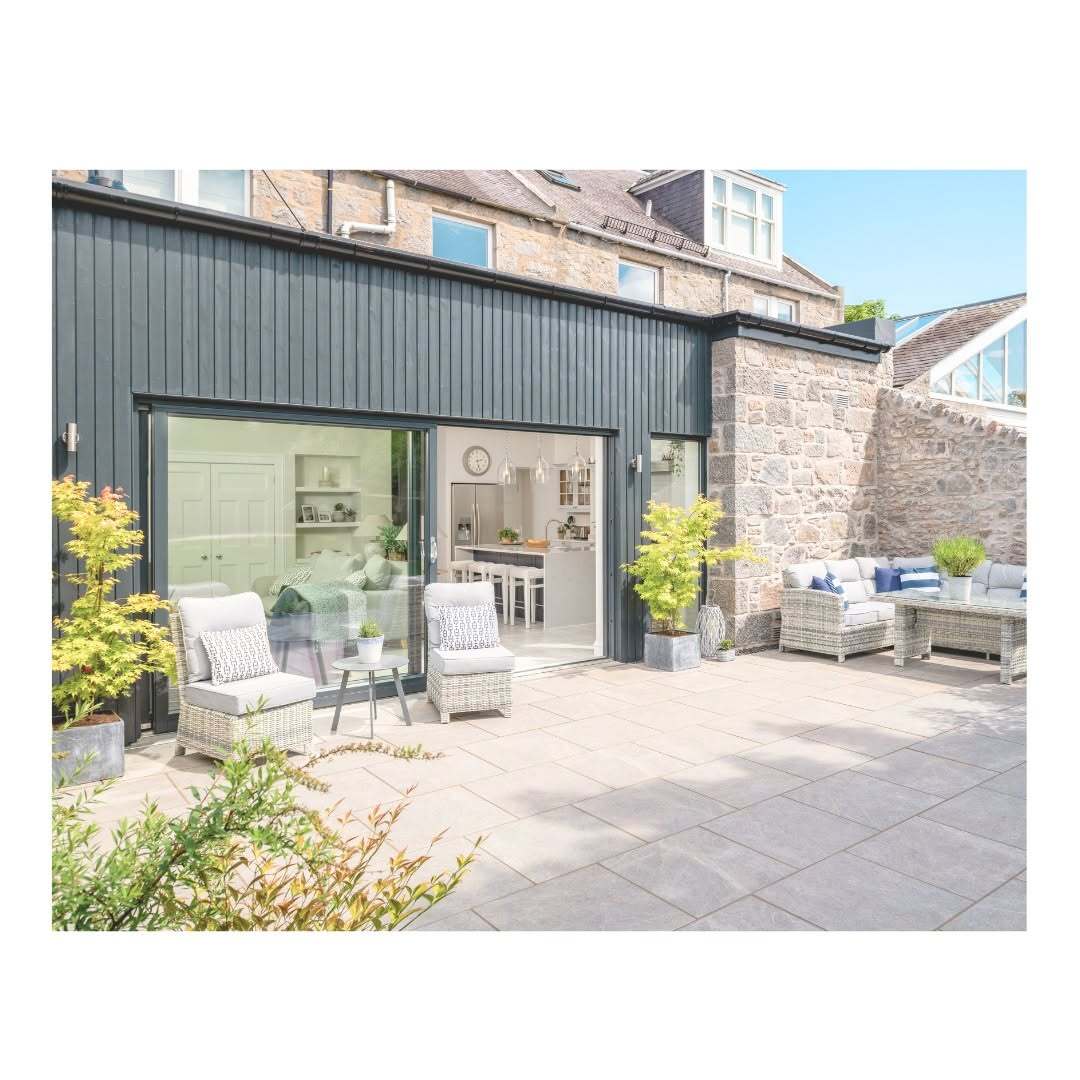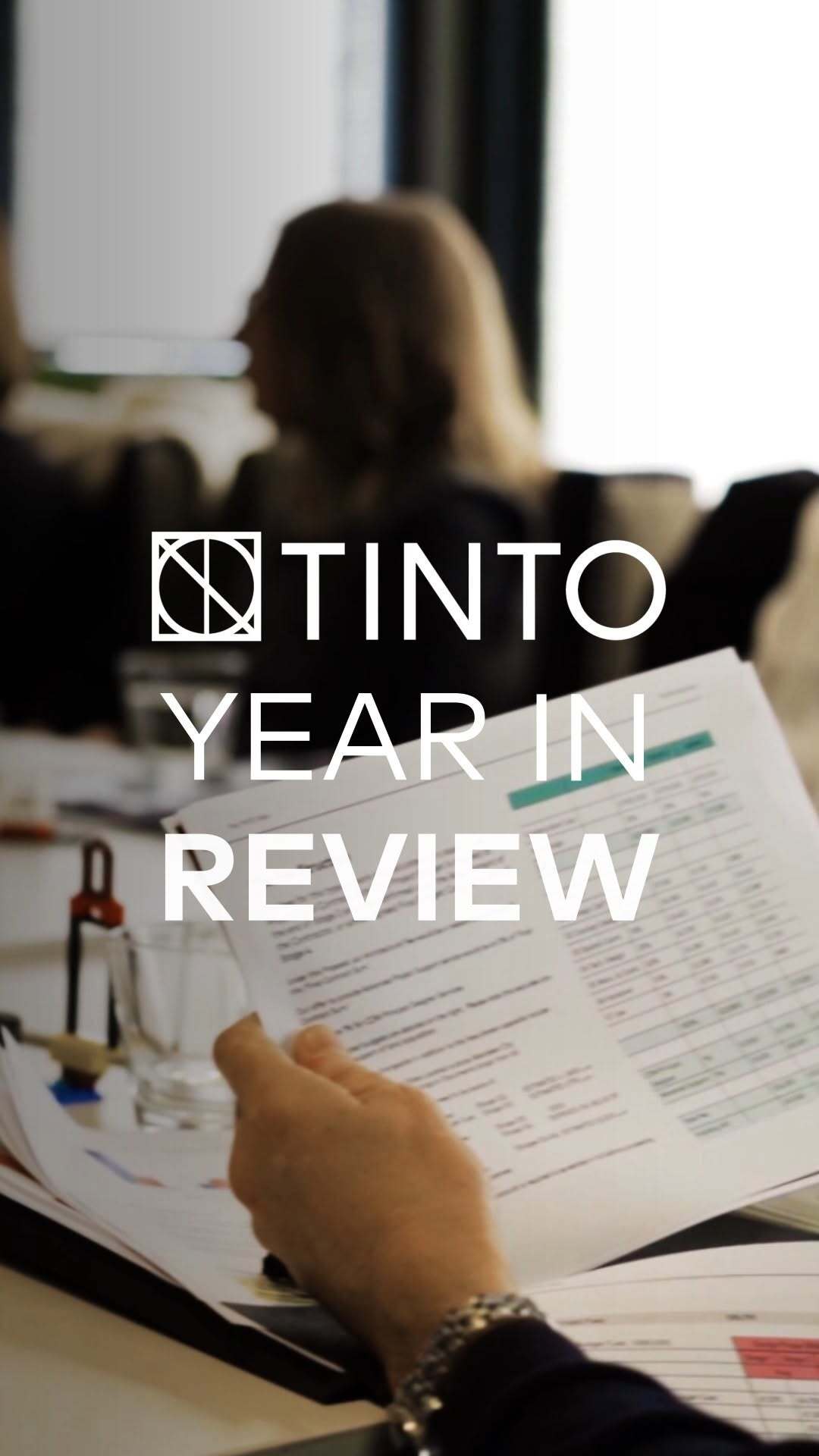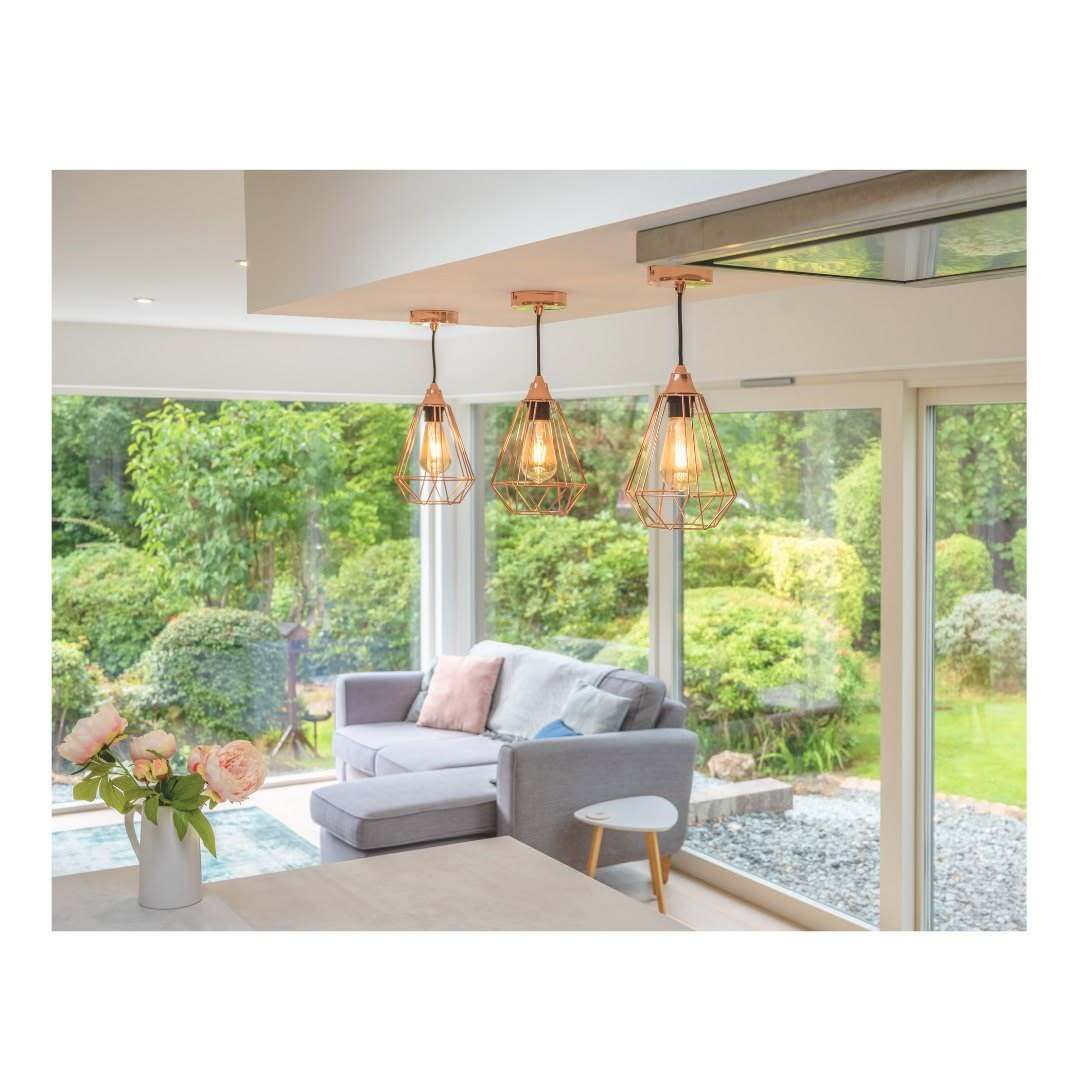Why Designers Should be Leading the Future of Construction
Rethinking Construction
It’s twenty years since the motor industry executive and British industrialist Sir John Egan was appointed to lead a task force designed to improve efficiency in the UK construction industry. Underachievement in terms of the industry’s needs and those of it’s clients were the core principals inspiring the impetus for change.
The main objectives of the task force were to encourage dedicated leadership with a customer-centric approach, integrate processes and teams to create a quality driven enterprise whilst favouring an ongoing commitment to it’s people, all in order to improve the efficiency and quality of the industry’s products and services. The main facilitator for change was looking at the industry from the clients’ perspective in order to drive these improvements.
What Has Changed?
The report and task force has made measured improvement in some areas of the industry, most notably the processes and integration of teams, whilst giving way to a boom in design and build. Arguably, the public on the receiving end are getting much more for their money in terms of large scale builds through the improvement of processes and technologies in driving quality results and increasing building standards. Noticeable improvements have also been made through 3D modelling and methods of standardisation and pre-assembly, all used to deliver value and drive the modernisation of the construction industry.
What Hasn’t Changed?
The flexibility of the industry has enabled it to adapt somewhat to change, with mixed results. Egan insisted that experience in cutting edge manufacturing would be the ideal skill set to drive efficiencies and encourage progressive thinking in building and construction, yet this was met with widespread criticisms about the realities of applying experience from such a disparate industry. It’s all very well to follow these standards when manufacturing a laptop, but building a house is an entirely different ballgame.
Egan himself later commented that he would award construction “about four out of ten for trying”. Although the results of the reform were somewhat varied, there are still valuable lessons to be taken from the movement.
What Can We Learn from This?
Transparency in the industry’s processes—particularly with it’s clients—and reform through both focus on the customer and consideration of the end-user’s wants and needs are vital to challenging the adversarial culture which has grasped the industry for too long.
The scale of production in car manufacturing has seen a notable reduction in the time it takes to introduce and assemble a new model and in placing an order for sale to a customer, whilst in terms of building construction, these kinds of timescales will remain comparatively unattainable. After all, you don’t drive a building for three years, trade it in and then upgrade it with the chance to constantly tinker with technology and introduce improvements with every model revision!
Our relationships with cars are fleeting; our relationships with buildings, however, are more permanent. They become more than just concrete and walls: they are our homes; places of refuge; places where important business deals are done and where happy memories are made.
Buildings are our semi-permanent stamp on the world. The temporary emotion of driving a new car for the first time—the smell, the pride, the polish, and the sparkle—all inevitably fade and can be swiftly replaced with little to no impact on the world in which they existed. Buildings cannot, and should not be replaced; they should be as permanent as the materials that they are made from. They should, at least, be able to last substantially longer than your latest Jag or Tesla (It is 2017 after all).
How Can We Make Buildings Last?
The integration of design and construction is vital to improving value and reducing costs. We need to be encouraging progressive thinking in building through redesigning the design process and challenging culture in order to increase quality and efficiency.
Putting design right back at the forefront of the process should be at the heart of what we do, by allowing designers to create buildings with the ability to last as long as they need to. We need to stand up to the Value Engineers by offering alternatives to and protecting against squeezing every potential penny spent in the desire to create a building that people want to be in, enjoy and love, all for the sake of a desired short term financial outcome. It shouldn’t just be the developers who profit.
Responsible, creative and professional design can create far more value over the life of a building than what can be displayed on a balance sheet three years post completion.
A Final Focus on the End User
We shouldn’t just be focusing on the customer, but more specifically, the end user.
One of the targets of this progressive movement in construction was eliminating competitive bargaining and adversarial relations by replacing them with the development and fostering of long-term relationships, and this is still relevant twenty years on. We should be fostering these relationships not just with those in the industry, but with the end users. After all, they are the ones who these buildings are actually being designed for and their opinion matters. Shouldn’t this be the marker of success and long term value?
